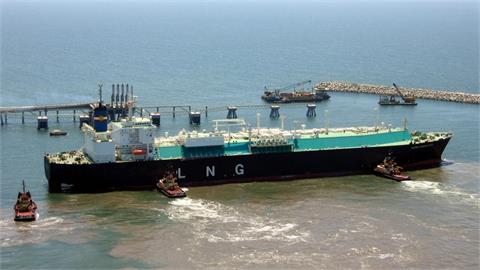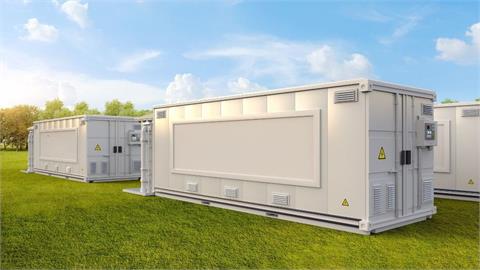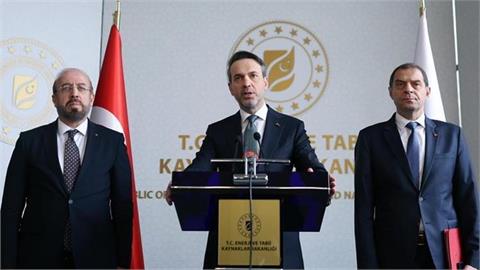Slovakian pipeline operator Eustream said on Wednesday it expects
to sign shortly a memorandum of understanding with its Romanian and
Bulgarian counterparts on plans for a gas pipeline that would help
diversify the supply routes to the Balkan region.
The so called Eastring pipeline, conceived as an alternative to the
now defunct South Stream, should secure natural gas supply to fully
meet the consumption needs of all Balkan countries.
The final wording of the paperwork is currently being worked out, a spokesperson for Eustream told SeeNews over the phone.
Eastring would provide Western gas shippers with a possibility to
supply Balkan countries and even Turkey from European hubs such as
NetConnect Germany, Gaspool, Baumgarten, and the Dutch-based Title
Transfer Facility, official project data indicated.
In January, Eustream director general Rastislav Nukovic told
SeeNews in an interview that the proposed bidirectional pipeline – with
ultimate capacity seen at 40 billion cu m per year - will require
capital investment costs of between 750 million euro ($807 million) and
1.2 billion euro, depending on the length of the route.
Funding is planned to be sought from commercial and multi-lateral
lenders and the EU, among other sources, the official said at the time.
In December, Gazprom and Turkey’s Botas signed a memorandum of
understanding for the construction of an offshore gas pipeline that will
have a capacity of 63 billion cu m.
The move followed the announcement that Russia was abandoning plans
to build the South Stream, a gas pipeline project that would have
opened up a supply route to Southeast Europe that bypasses Ukraine and
is less at risk of disruption.
Eastring will start at an existing compressor station in Velke
Kapusany in Slovakia, where it should connect with Eustream’s existing
gas transit assets serving to supply mainly Western Europe as well as
Ukraine in reverse flow, official project data indicated. From there,
Eastring will aim to the south border with Hungary, crossing the
north-east territory of Hungary in a U-shape towards the Romanian
borders.
In this initial phase there are two routing options suggested in Romania and Bulgaria.
The first route option passes through storage and production
facilities in Transylvania and continues to the existing interconnection
point Isaccea where it connects to the existing transit infrastructure
which runs through the Romanian-Bulgarian border at Negru Voda and then
onwards from north-east to south-east along the existing Bulgarian gas
transit assets to tie into the Turkish gas transit network at Malkoclar.
The second route option passes through both storage areas and
production facilities, Bucharest and continues to the Romanian-Bulgarian
border and then onwards straight to the Turkish border at Malkoclar.
According the first simulations, Eastring will be approximately
832–1,015 km in length, depending on the chosen route. However, the
pipeline routing is still not final and it will be further refined in
all countries.
SeeNews



